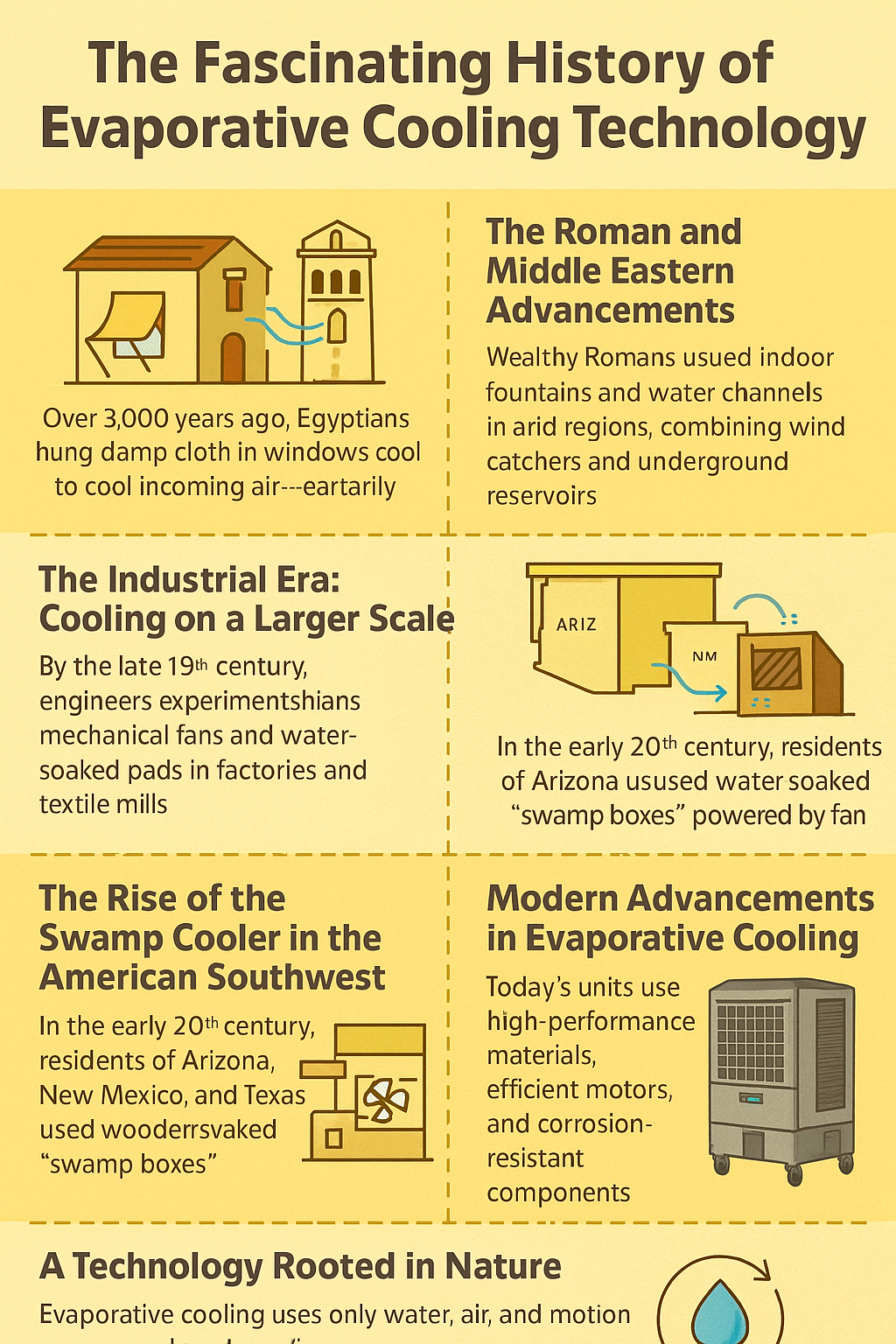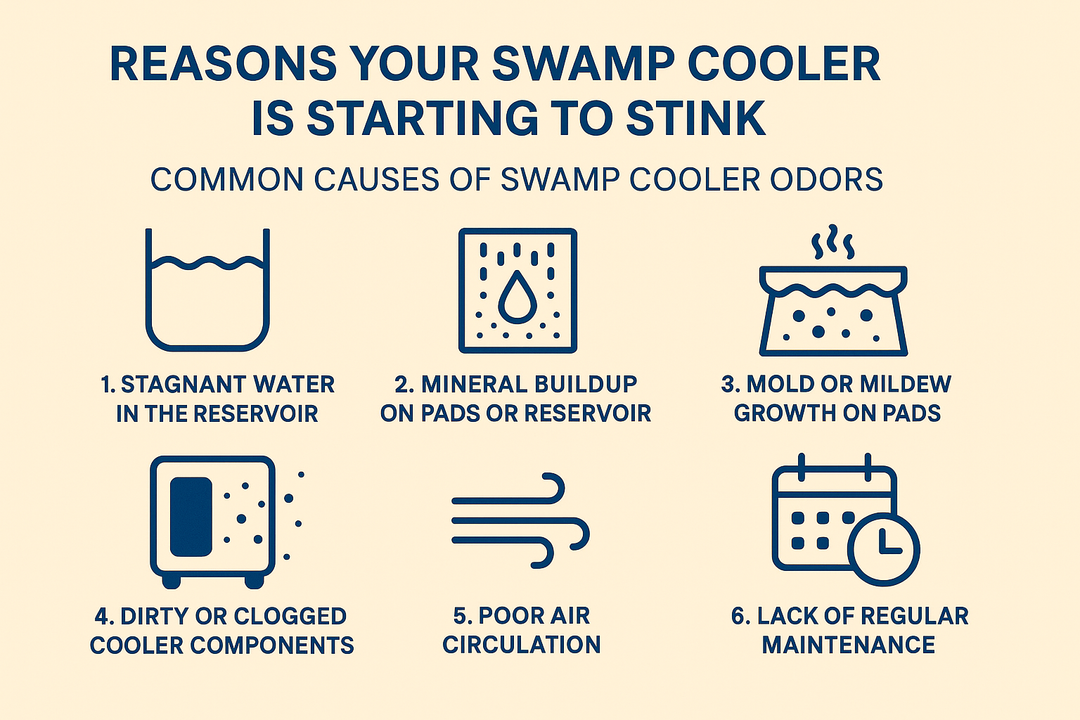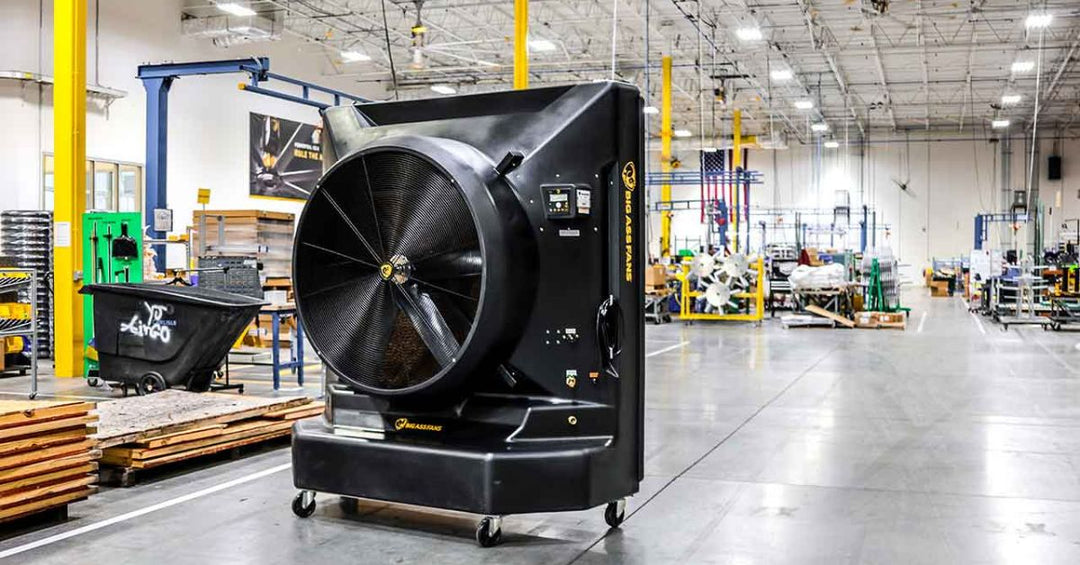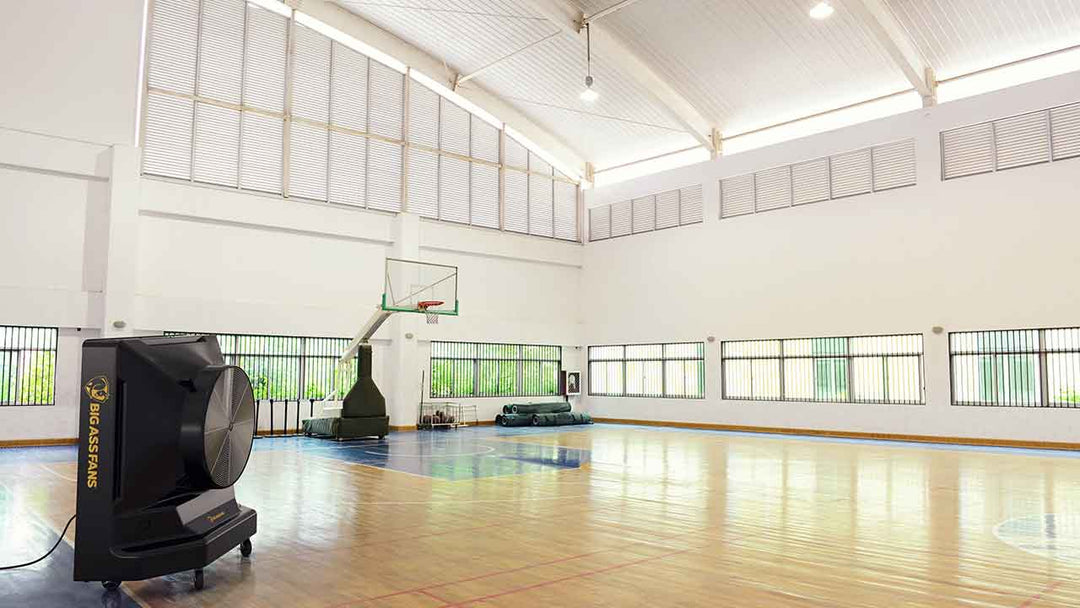When and Where Are Evaporative Coolers Effective?

Evaporative coolers, also known as swamp coolers, are an increasingly popular cooling solution for homes, businesses, and industrial spaces. They are known for their energy efficiency and environmentally friendly operation, but they are not suitable for every environment. So, when and where are evaporative coolers most effective? Let’s dive in.
When Are Evaporative Coolers Effective?
Evaporative coolers are effective when the following conditions are met:
1. Hot Temperatures
Evaporative coolers work best during hot weather, typically when temperatures are above 80°F. They provide relief in heat-intense environments like warehouses, workshops, and outdoor spaces.
2. Low Humidity
Low humidity is crucial for evaporative coolers to work effectively. When humidity levels are below 50%, the evaporation process is maximized, leading to better cooling performance. In contrast, high humidity reduces the effectiveness of these coolers because the air is already saturated with moisture.
3. Open Airflow
Proper ventilation is key to evaporative cooler effectiveness. These units add moisture to the air, so they need a way to push out the warm, humid air. Open windows, doors, or vents allow fresh air to circulate, optimizing cooling.
4. Seasonal Use
Evaporative coolers are often seasonal solutions. They work best in the spring, summer, and early fall when temperatures are high and humidity is low. During cooler or humid months, their effectiveness drops significantly.
Where Are Evaporative Coolers Effective?
1. Dry, Arid Climates
Evaporative coolers thrive in regions with dry air. Some of the best areas include:
-
Southwestern United States (Arizona, Nevada, Utah, New Mexico, parts of California and Texas)
-
High desert regions
-
Any area with consistently low humidity levels
2. Industrial and Commercial Spaces
Large warehouses, factories, and workshops benefit from evaporative coolers due to their ability to push cool air over wide areas. Brands like Portacool, Big Ass Fans, and Vector Climate offer heavy-duty units specifically designed for industrial cooling.
3. Outdoor and Semi-Outdoor Areas
Evaporative coolers excel in spaces that are not completely enclosed, such as:
-
Outdoor patios
-
Event tents
-
Loading docks
-
Open-air markets
-
Construction sites
4. Garages and Workshops
For residential or light industrial spaces like garages, workshops, and hobby spaces, evaporative coolers provide a practical solution without the need for costly air conditioning installations.
When and Where Evaporative Coolers Are Less Effective
1. Humid Climates
Regions with consistently high humidity levels, such as the Southeastern United States (Florida, Louisiana, and coastal areas), are not ideal for evaporative coolers. The moisture-laden air prevents the evaporation process from effectively cooling the air.
2. Sealed or Enclosed Spaces
Evaporative coolers require airflow to be effective. In tightly sealed spaces without ventilation, they can increase humidity levels, leading to discomfort and potential mold issues.
Tips to Maximize Effectiveness
-
Monitor Humidity: Use a hygrometer to ensure humidity levels stay below 50%.
-
Position Correctly: Place the cooler near an open window or door for fresh airflow.
-
Maintenance Matters: Clean the unit, replace pads, and use EVAP-O-Matic tablets to prevent mineral buildup and odors.
-
Select the Right Size: Choose a cooler with the appropriate CFM (Cubic Feet per Minute) rating for your space.
Conclusion
Evaporative coolers are highly effective when used in the right conditions—hot, dry climates with proper ventilation. They offer a cost-effective, eco-friendly alternative to traditional air conditioning, particularly for industrial spaces, outdoor settings, and dry regions.
For top-performing evaporative coolers from trusted brands like Portacool, Big Ass Fans, and Vector Climate, visit SwampCoolers.com. We also carry maintenance products like EVAP-O-Matic tablets to keep your cooler running efficiently all season long.
